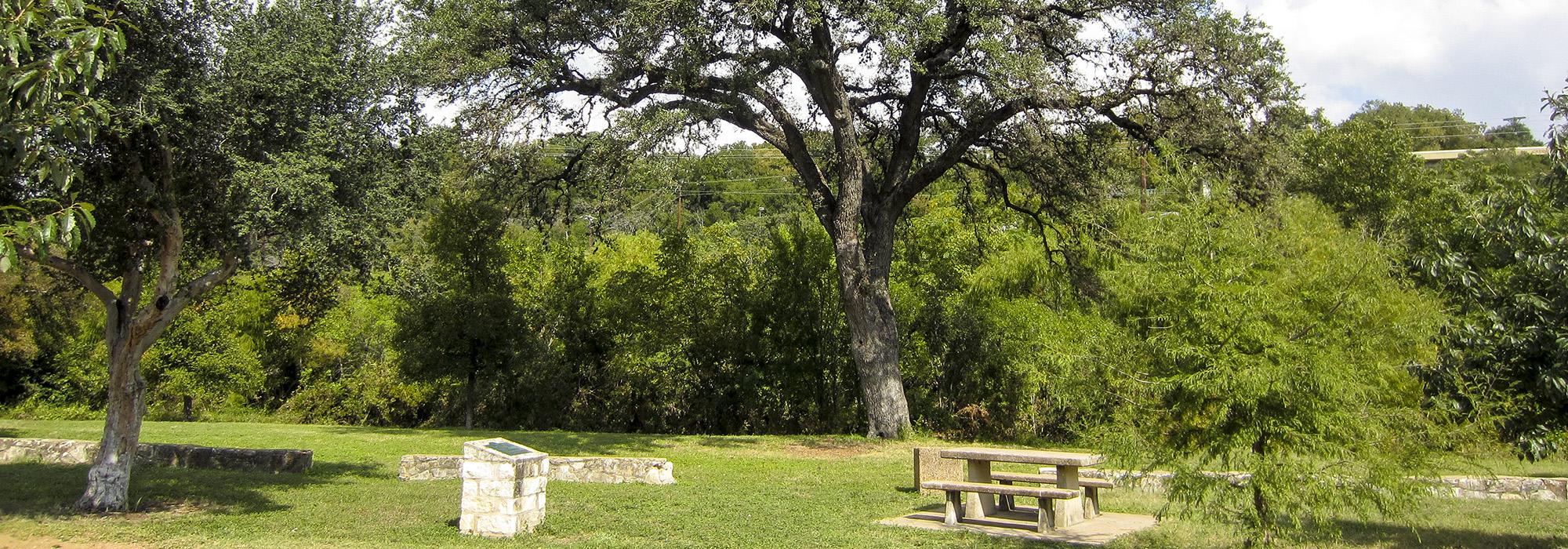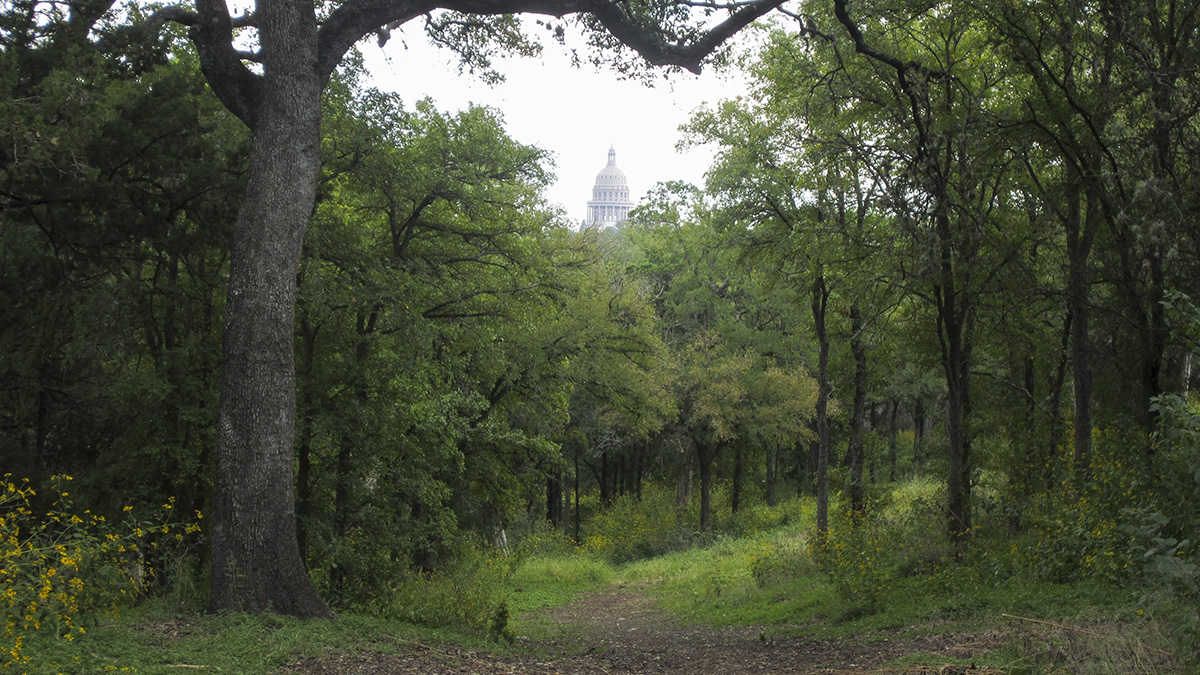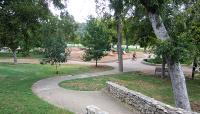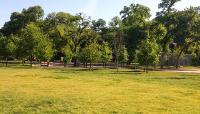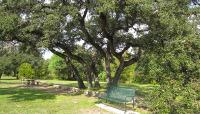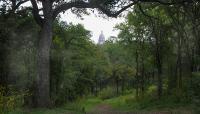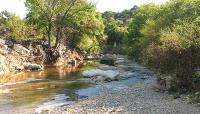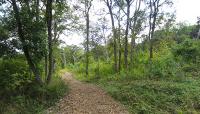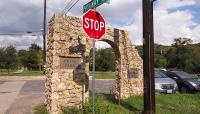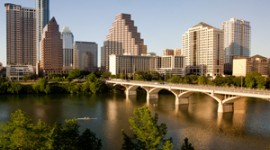Landscape Information
Once inhabited by Native Americans and serving as a Civil War encampment for George Custer’s troops, this linear park buffers Shoal Creek bounded by Lamar Boulevard on its east and Kingsbury Street and Parkway on the west. In 1875 on what was then Austin’s western limit, Governor Elisha Pease and his wife deeded to the City some 23 acres of land—the first donation of private land for a park in Texas. By 1888, the City had increased the area to about 40 acres and in 1903 a committee was formed to oversee the park’s development, naming landscape gardener W. H. Pittsford the park keeper. As the surrounding neighborhood developed, the park was used as dumping grounds until 1926 when the Austin Kiwanis Club funded the installation of irrigation, lighting, and landscape improvements including the construction of a wading pool and limestone arches on Parkway. Architect Hugo Kuehne is credited with the design of Tudor Cottage style restrooms and, in the 1930s, the Works Progress Administration funded the construction of bridges, limestone walls, picnic tables, and improvements to the Shoal Creek Trail.
By the 1960s, Pease Park was again suffering from neglect. Local resident Janet Fish recalled riding horses along the trail in her youth and personally funded its rehabilitation, renaming it the “Hike and Bike Trail.” Today, the 43-acre park is a diverse collection of meadows, forests, riparian habitat, and steep bluffs. It forms the eastern boundary of the Old West Austin Historic District listed in the National Register of Historic Places in 2004. In 2013 a master plan for the park was developed by Pease Park Conservancy and Wallace, Roberts & Todd.



